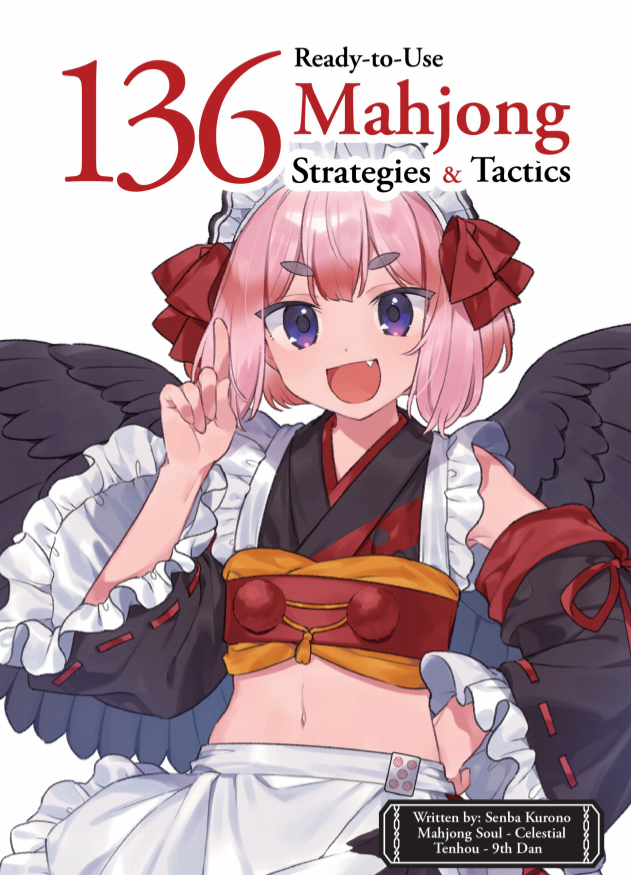What Did DNF Duel Do Right?
Just Let People Press Buttons
This is the first in a fighting game series called What Did They Do Right?, which I have been meaning to write since I opened up this newsletter. From the assumption that gamers tend to dwell on the negative, I want to talk about what various recent fighting games have done well. We begin with the recent beta of the wild DNF Duel, which re-acquaints us with the joy of pressing buttons.
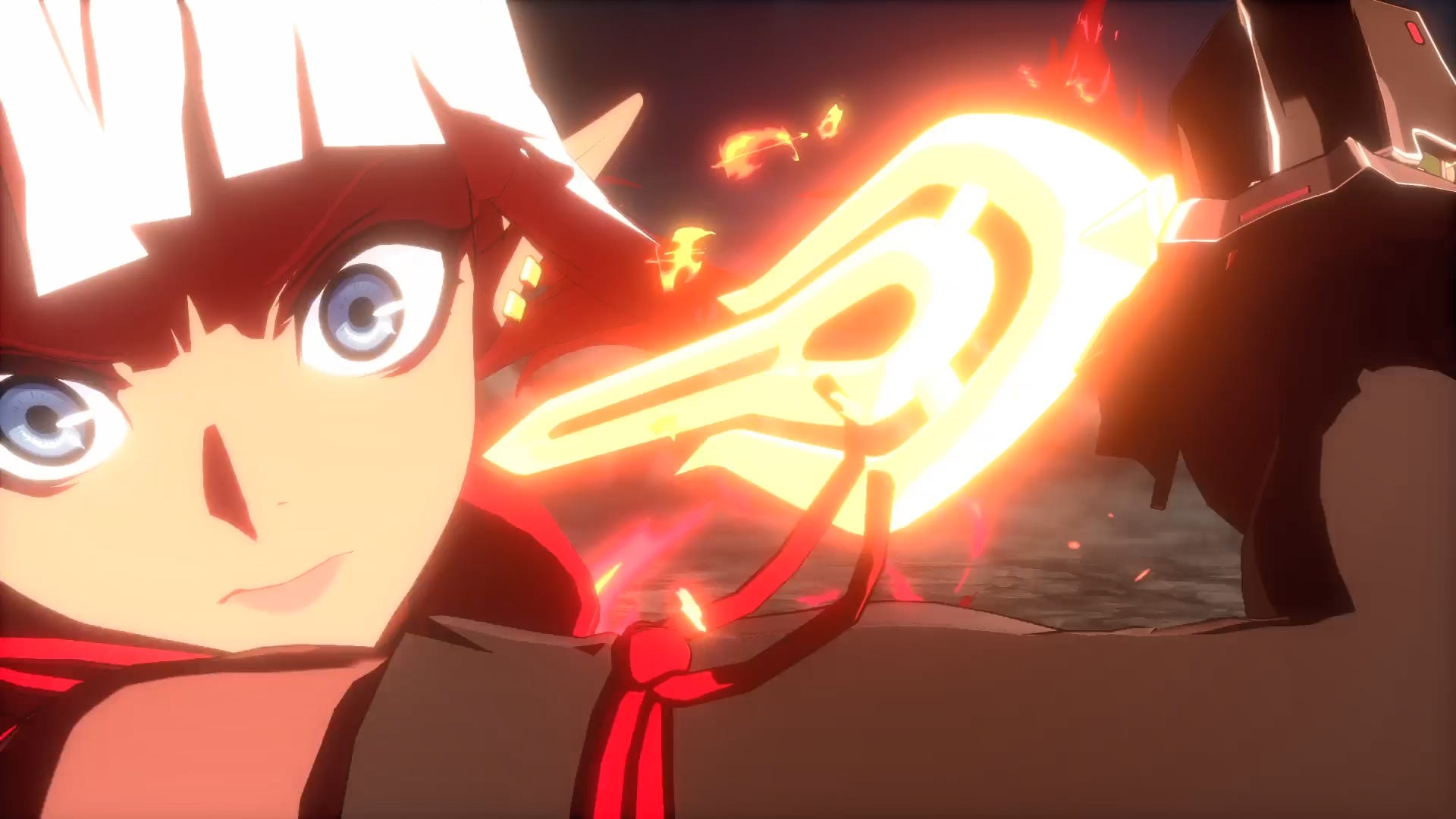
DNF (Dungeon & Fighter, aka Dungeon Fighter Online) Duel has been quite a surprise for the fighting game community. The lesser-known quantity in this arena— online game company Nexon, along with developer 8ing— has waged its marketing war in a guerilla style.
First they appeared with an announcement and some animation in the (co-developer) Arc System Works style.
Then a year later the dev reappeared out of nowhere, barraging us with daily character reveals and scheduling a beta test, audaciously, for the same weekend as the heavyweight title King of Fighters XV.
At this point we had only flashy combos to look at, and no idea how this game was actually going to play. The devs were leaving that fun for the beta, which threw players directly into matches without the benefit of a training mode.
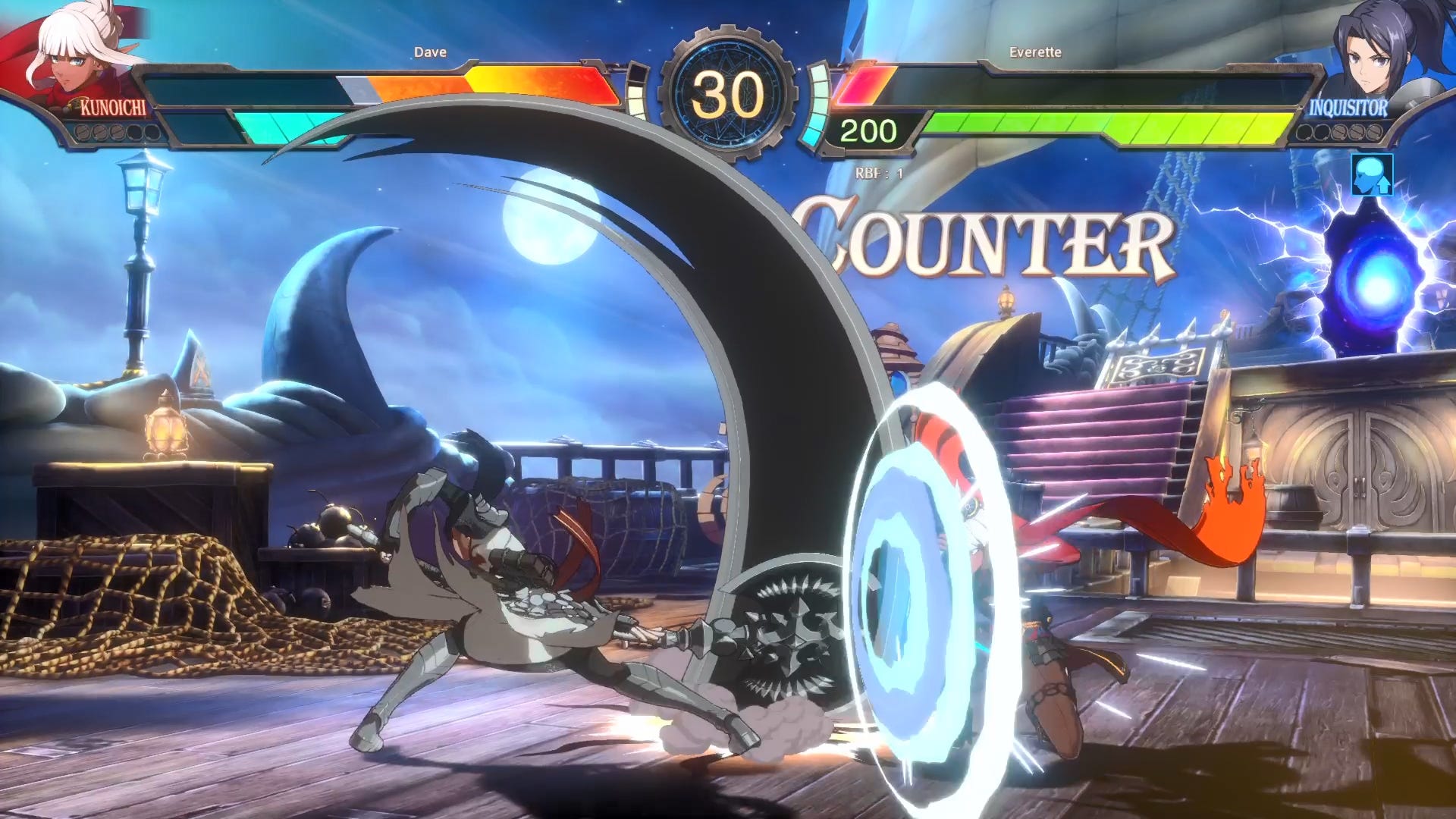
And boy, was it fun! DNF Duel is the most “jump in and press buttons” fighting game I’ve played in a really long time. It might seem counterintuitive, but being able to do a bunch of crazy stuff with the touch of a button can be “accessibility” too.
There are different kinds of “accessibility” in this genre. A lot of “simplified” fighting games also cut down on the flash, and the immediate, casual fun of just mashing buttons and making cool stuff happen. DNF Duel, on the other hand, makes those elements its backbone.
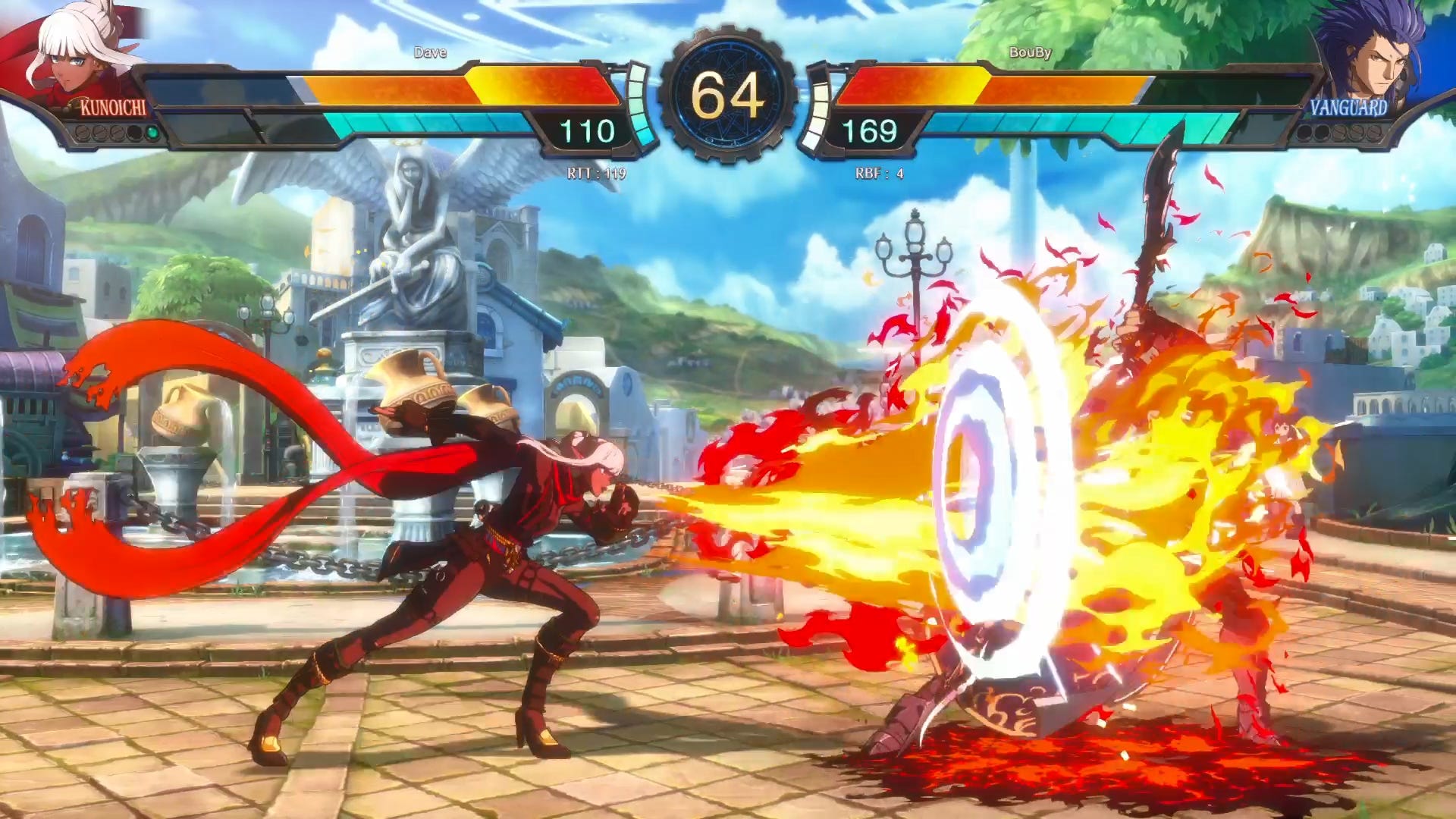
Special move motions (like the classic Hadoken down-to-forward movement) are almost completely eliminated in DNF Duel, in favor of two “Skill” buttons which can perform five or six different special moves each, depending on which direction you press with them.
It’s a similar control setup to the long-running MMO brawler upon which this game is based, a game where the fun lies in unleashing special moves in rapid fire to crush a room full of enemies and make your screen explode. If a fighting game version of DNF went too simple, it really wouldn’t be DNF anymore.
First and foremost, DNF Duel brings this “easy combo” sensation to a one-on-one fighting game. One move always flows effortlessly into the next with a single button press, so even players who have no idea what they’re doing will invariably make something cool-looking happen.
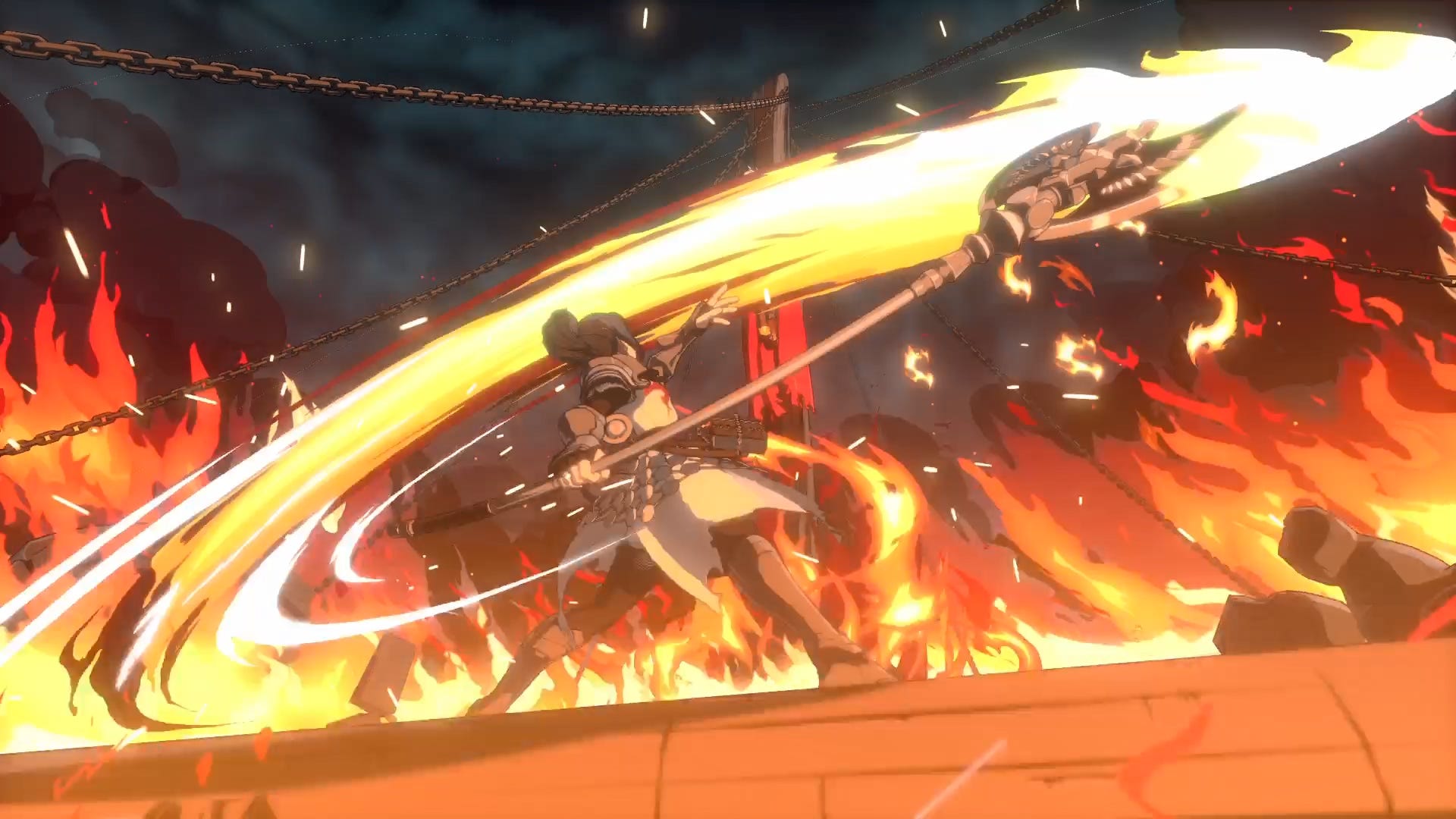
Get down on your HP and you’ll unlock a one-button super move that makes a full-on animated cutscene play, like in Guilty Gear Xrd. You really have every imaginable chance to look cool, here.
This beta offered a wide range of playable fighting styles, from the tricky elven Kunoichi (my pick) to the more straightforward Berserker. Lacking the barrier of having to learn special moves or how to combo, it was pretty simple to figure out how to hit the opponent very hard with every character, if not necessarily how to use them in a more nuanced sense.
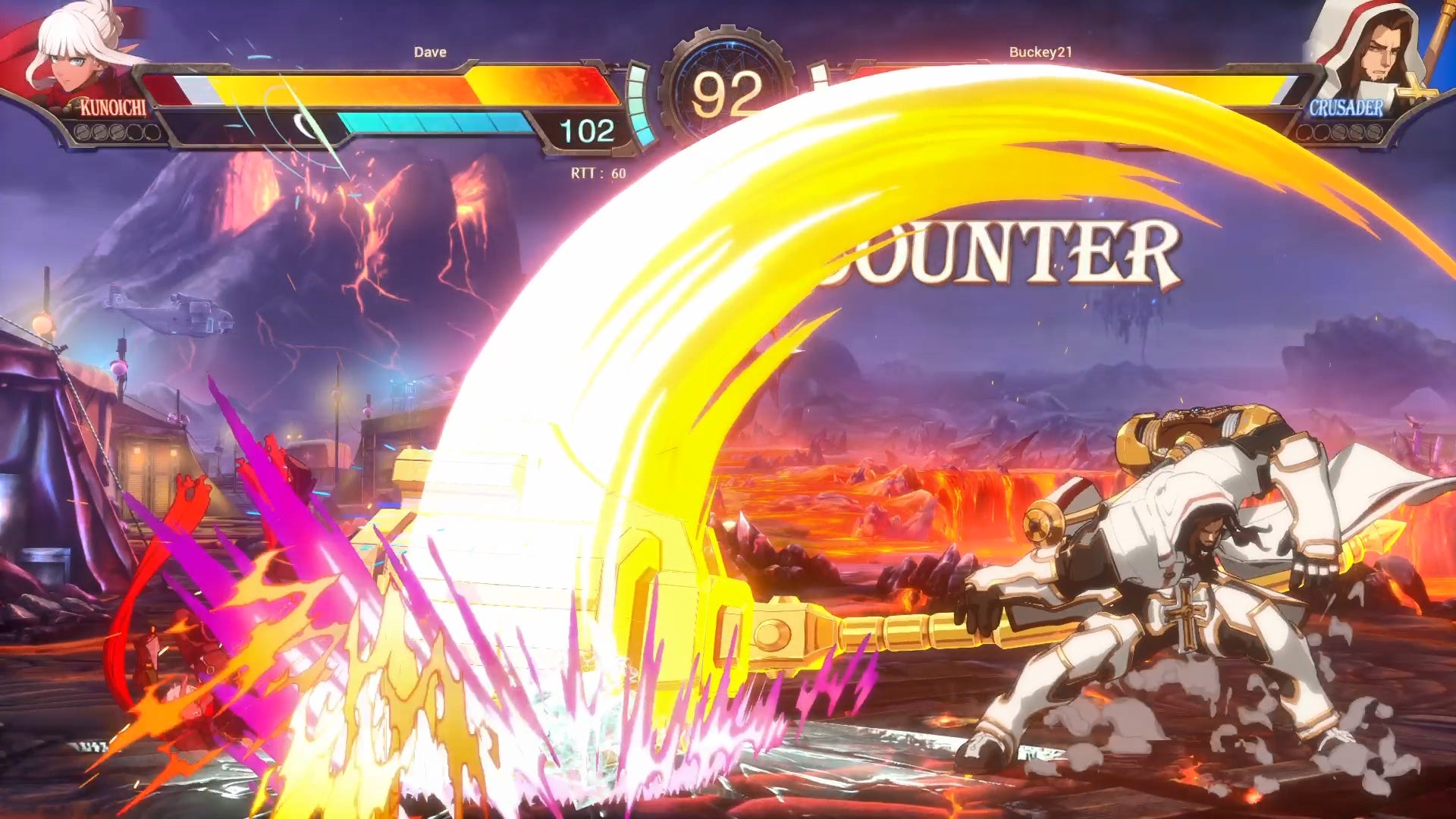
And of course, players quickly found that Crusader— a character even seasoned FG players were already calling “too much”— had massive, powerful newbie-slaying attacks. The coupling of simple controls and absurdly powerful moves meant this guy was all over the beta. Even after three days of play, he’s probably going in for some nerfs.
DNF Duel doesn’t give up any traditional fighting-game depth with its simple systems, though: dig a little and you’ll find each one-button attack has subtle effects and nuances, including RPG status effects. There’s a pool of MP to do the biggest attacks, and you need to manage it carefully or you won’t have any attacks to work with anymore. Dig a little more and you’ll find out that the best combos can take a lot more work than just pressing ABCDEFG in a row.
But, as much as I am really excited to get into DNF Duel training mode when it comes out, the game doesn’t force you into an advanced place. It correctly predicts that most players won’t get there, so it starts from the fun stuff. That’s how the beta went. With only the option to fight against random strangers, I just figured things out as I went along. The weak became my combo practice.
This leads us to something about “simplification” in fighting games. Street Fighter V is so well-tuned— in service of removing the barriers to high-level competition— that it unintentionally forces the newbie into the high-level mind games of the advanced player… which might not be what they came to Street Fighter for.
I’m not saying Street Fighter should become some easy-mode game with two buttons and 100-hit combos; honestly, I think SFV is fine where it is. But if we’re talking accessibility, we must ask, “accessible to who?” Different games have different audiences and thus different types of accessibility.
SFV is designed for the existing SF player who played SFIV and liked it, but hated the overbearing technical skill requirements— like option selects or one-frame link combos— that emerged as necessary for high-level play.
Guilty Gear Strive is designed for people who thought Guilty Gear Xrd looked cool, but could not, for the life of them, figure out how the hell it was supposed to work.
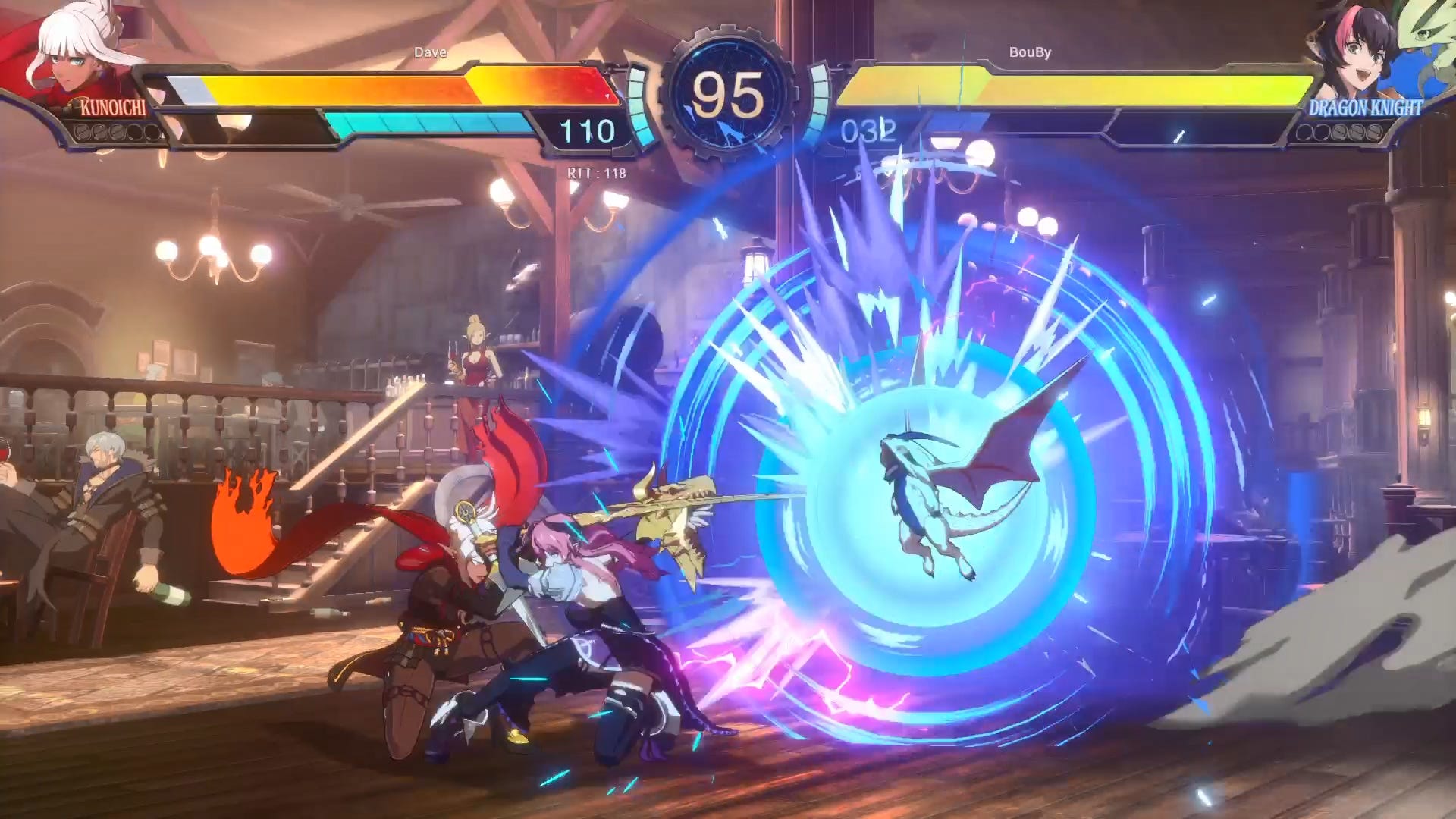
DNF Duel is designed for anyone who has ever looked at the flashy combos in anime fighting games and said “wish *I* could do that.”
And I think that’s really smart of the developers at 8ing (who you’ll remember for fellow crowd-pleaser Marvel Vs. Capcom 3). It’s an answer hiding in plain sight. Everyone else in the genre is already doing “simple enough for anyone to play!”, and that approach really has widened the audience. (Guilty Gear Strive was extremely controversial within the community, lost the series some of its most adamant fans, and also sold many times more copies than GG has ever sold.)
But casuals also love Marvel Vs. Capcom: not because they’ve learned the advanced tactics required to play at a high level, but because it allows them to press buttons and do cool stuff. Immediately. Marvel casuals stop having fun once the first person who knows what they’re doing arrives, of course— I was that person for many DNF Duel-curious throughout the beta— but this audience doesn’t necessarily live for competition.
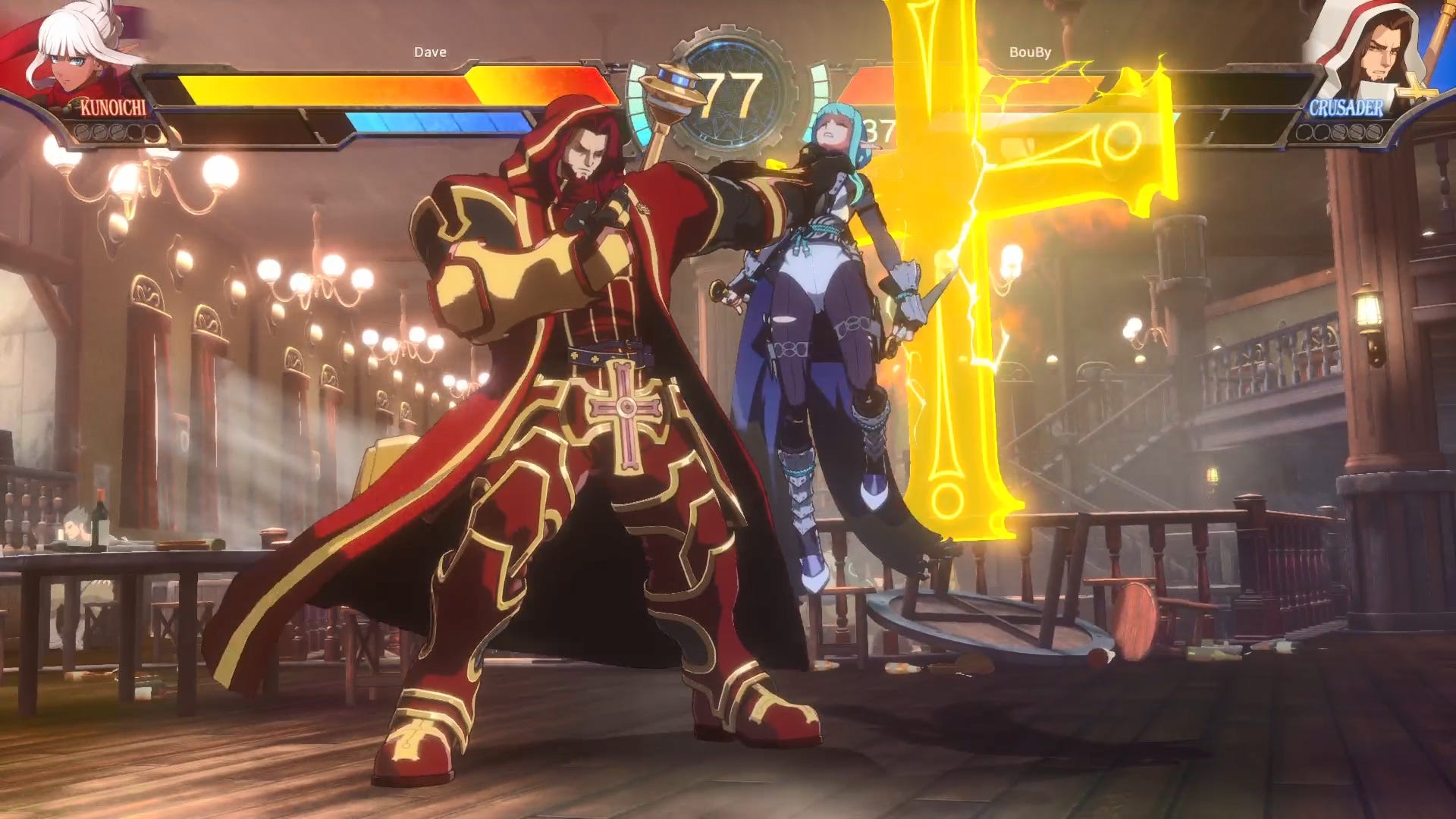
“But that’s what it’s about! Two people standing across from each other trying to beat each other up! What could it be, if not a competition?” I might have asked myself that a couple of years ago. That’s the funny thing. It is. But a lot of people who buy a competitive game aren’t necessarily looking for serious competition first and foremost. That’s just a fact; look at Mario Kart.
(Imagine if someone made a super-casual fighting game that was rigged like Mario Kart?! They’d make a freakin’ bundle! Also, please never make this game)
8ing— who you’ll note mostly work on character-licensed games like this, Kamen Rider and Zoids these days— might understand the wants of a casual audience better than devs who aim directly at the FGC. The lesson they bring us is to let people press buttons, and that’s what DNF Duel does right.



